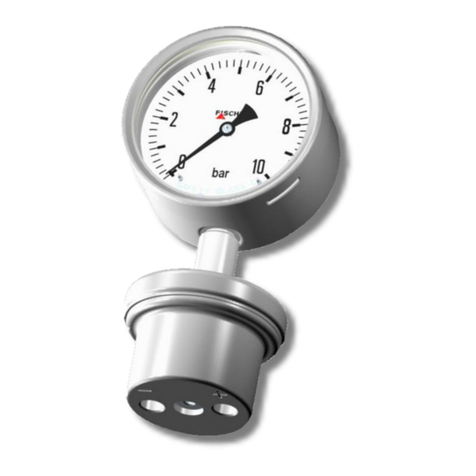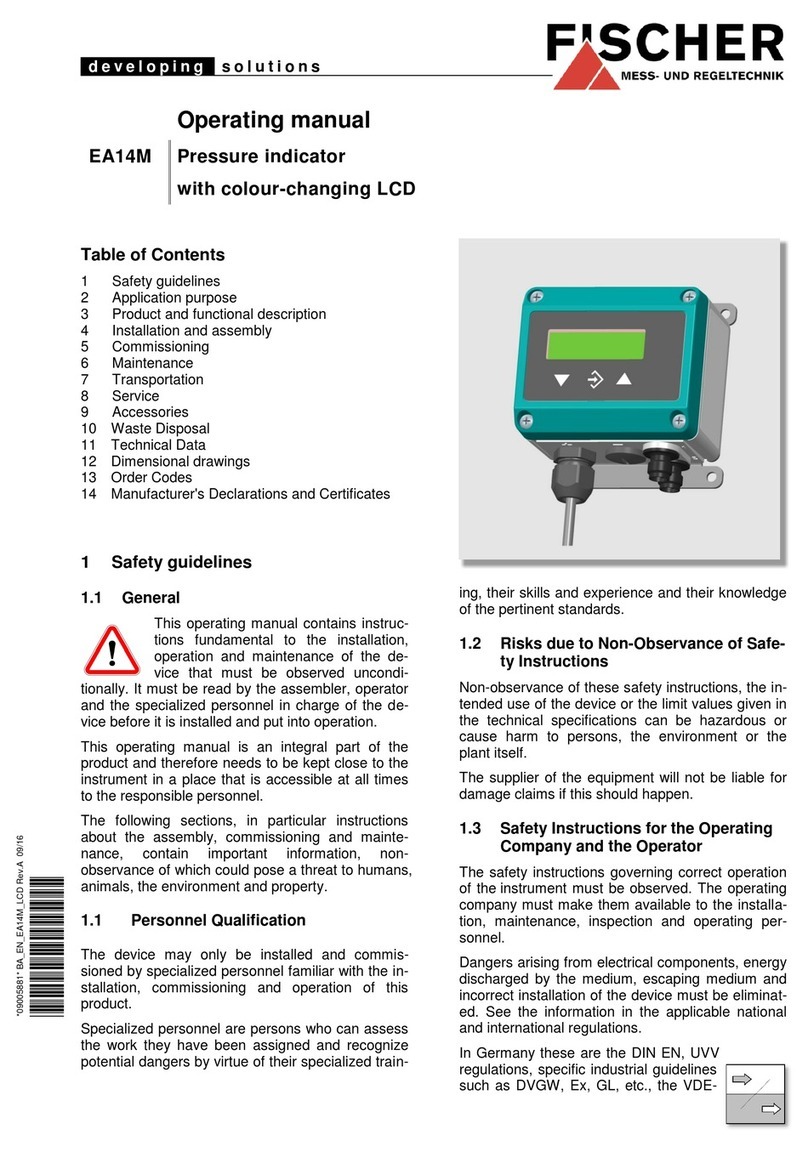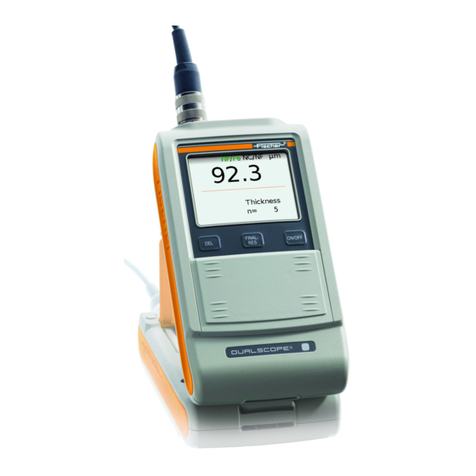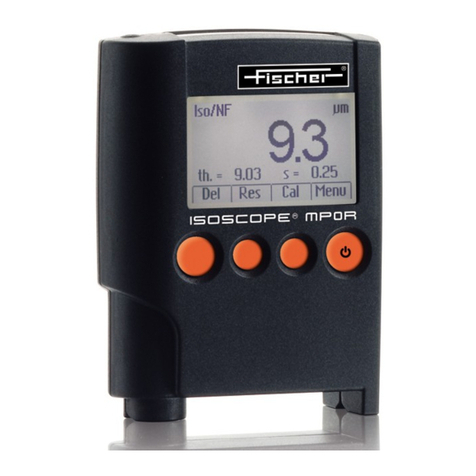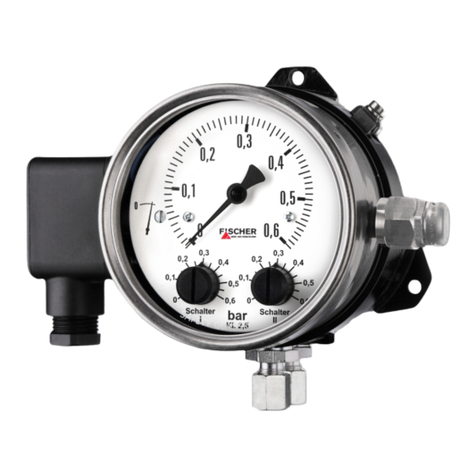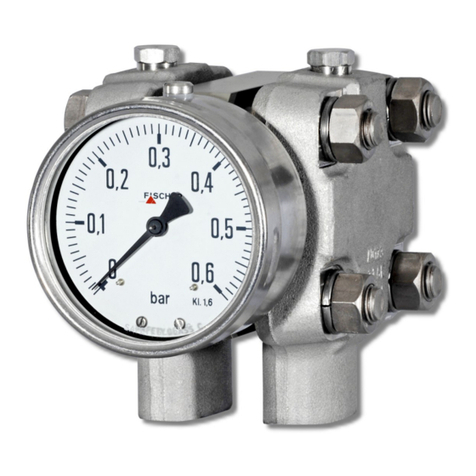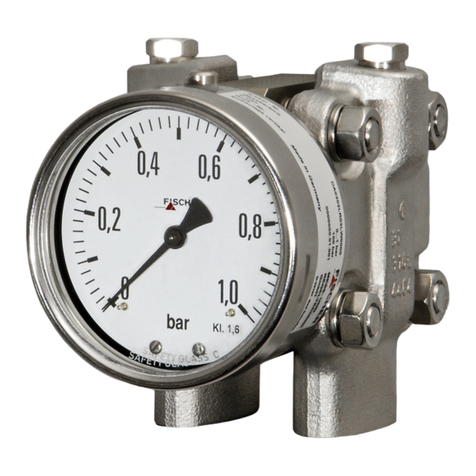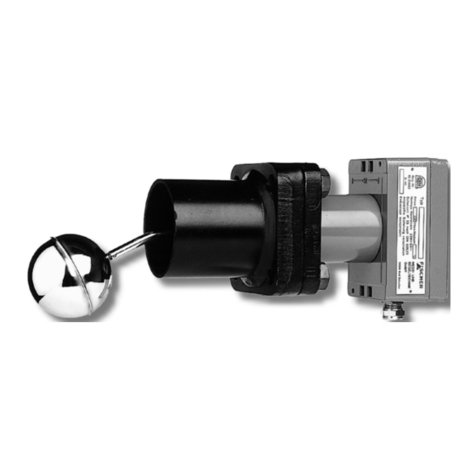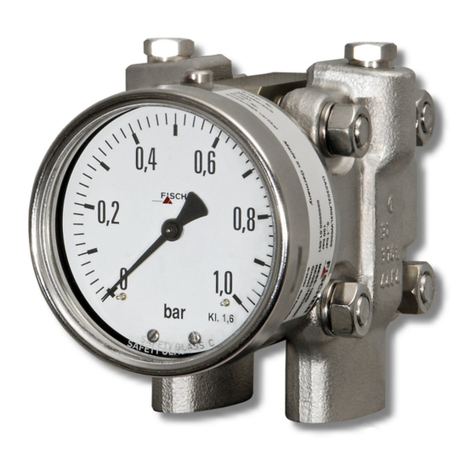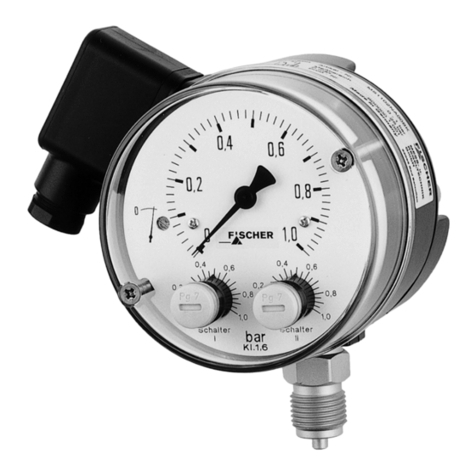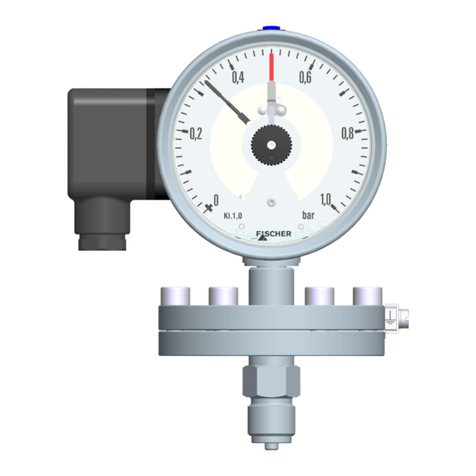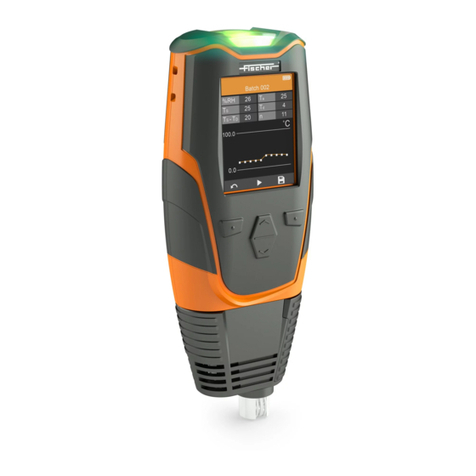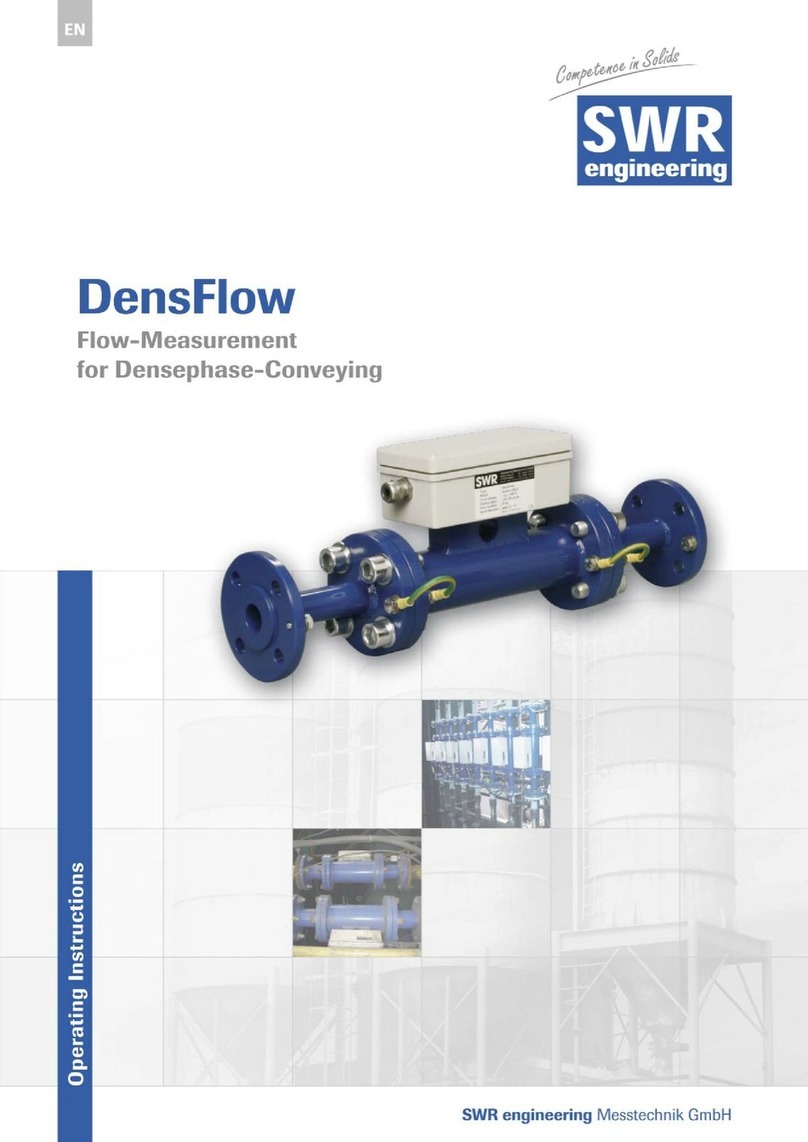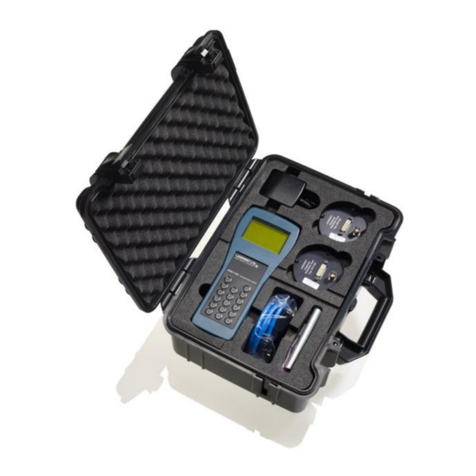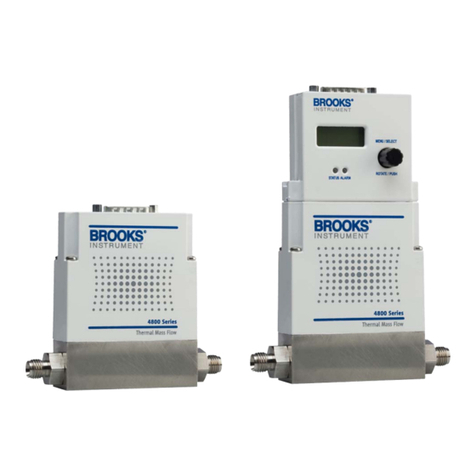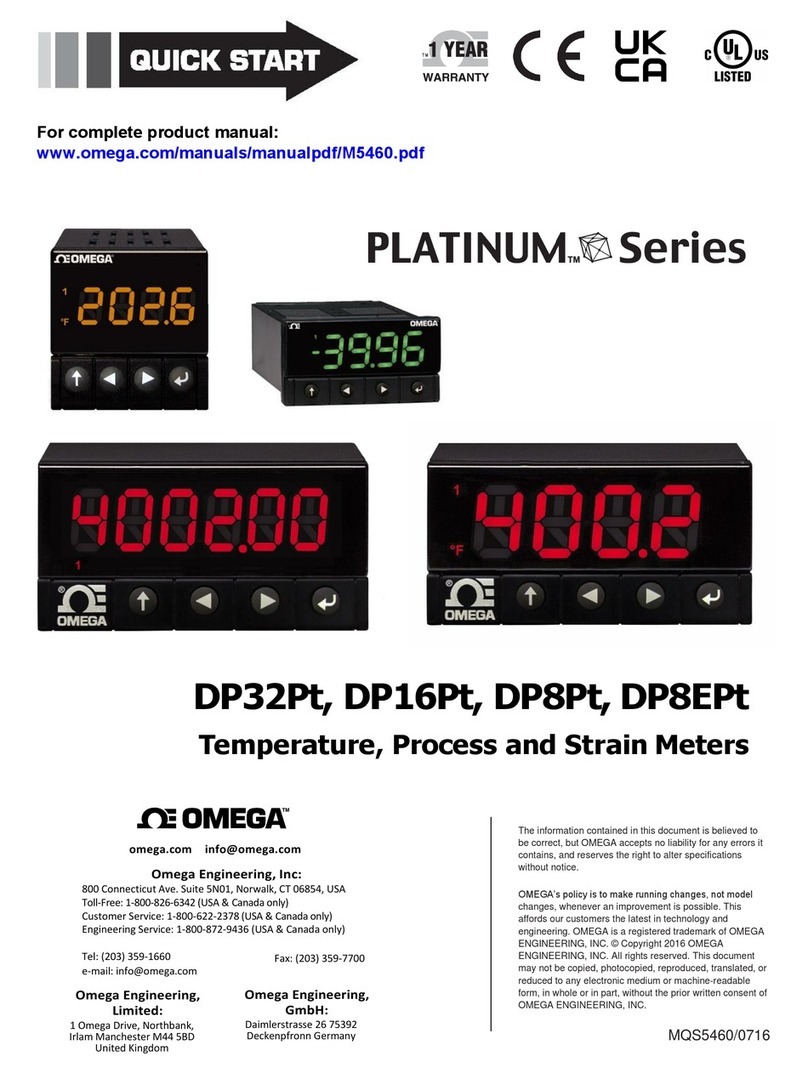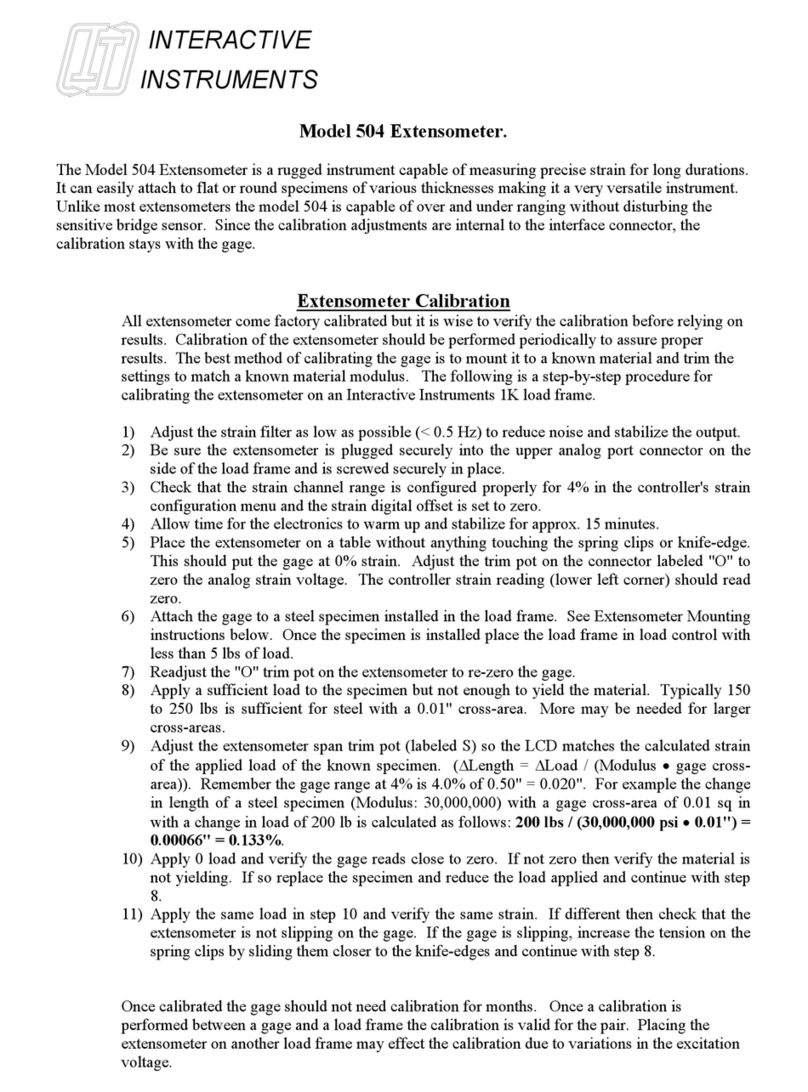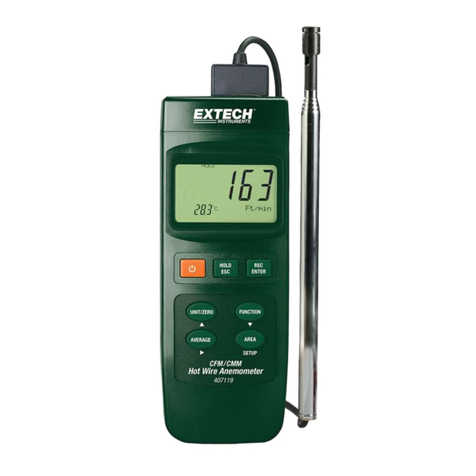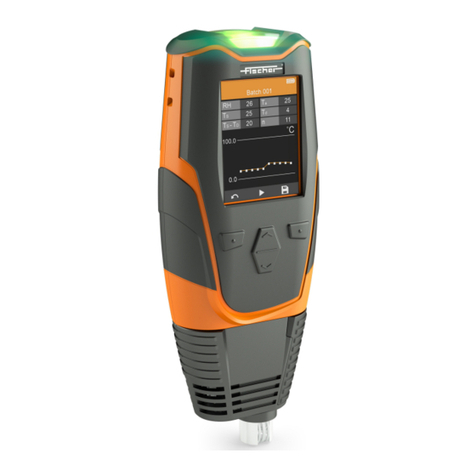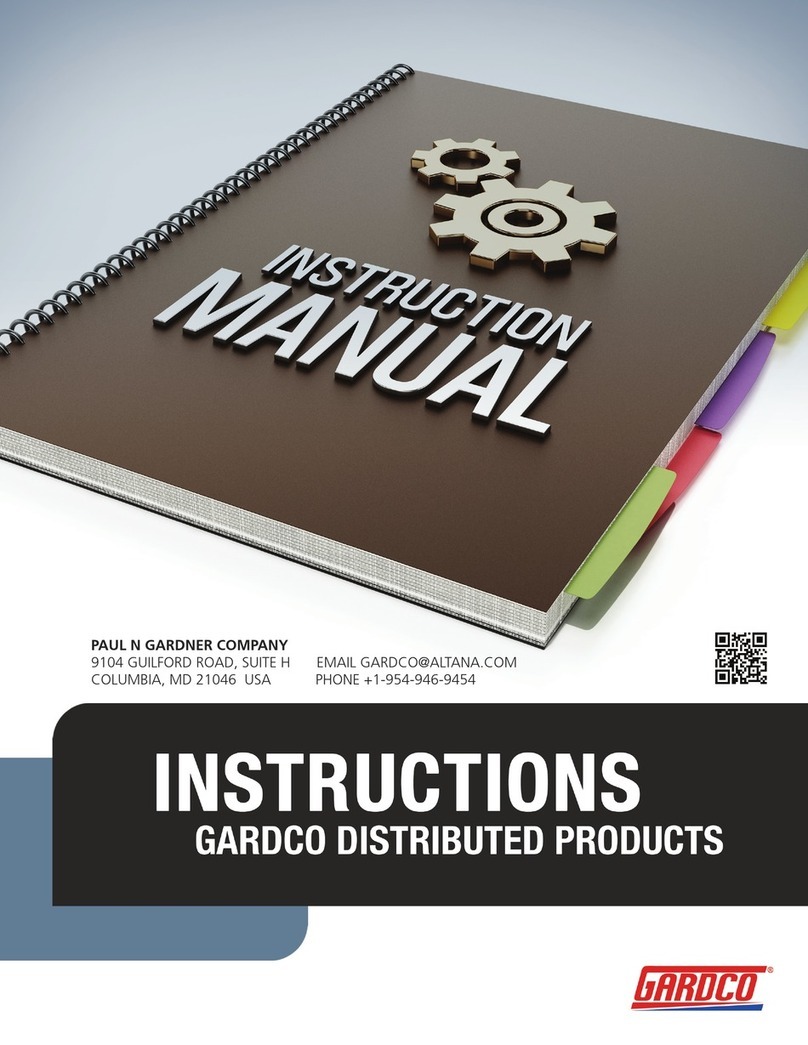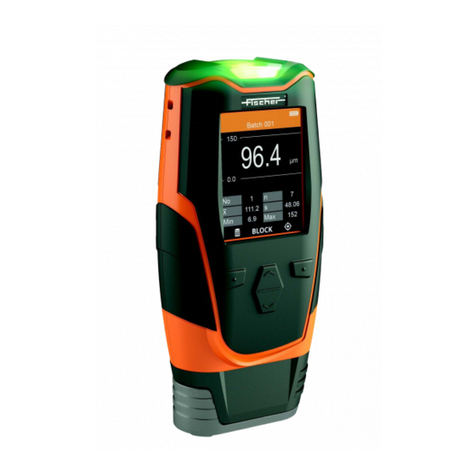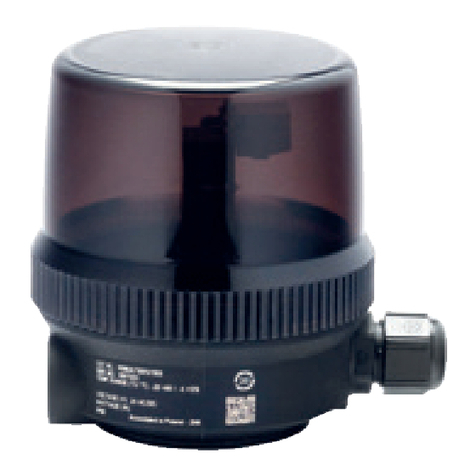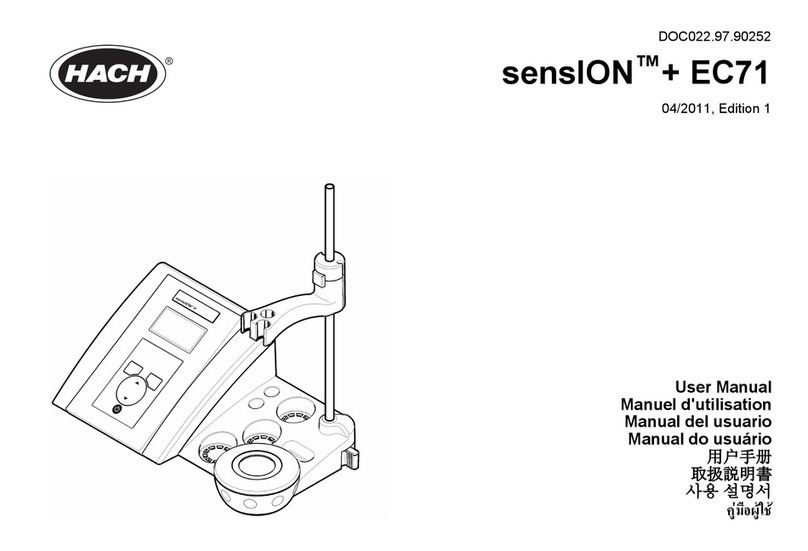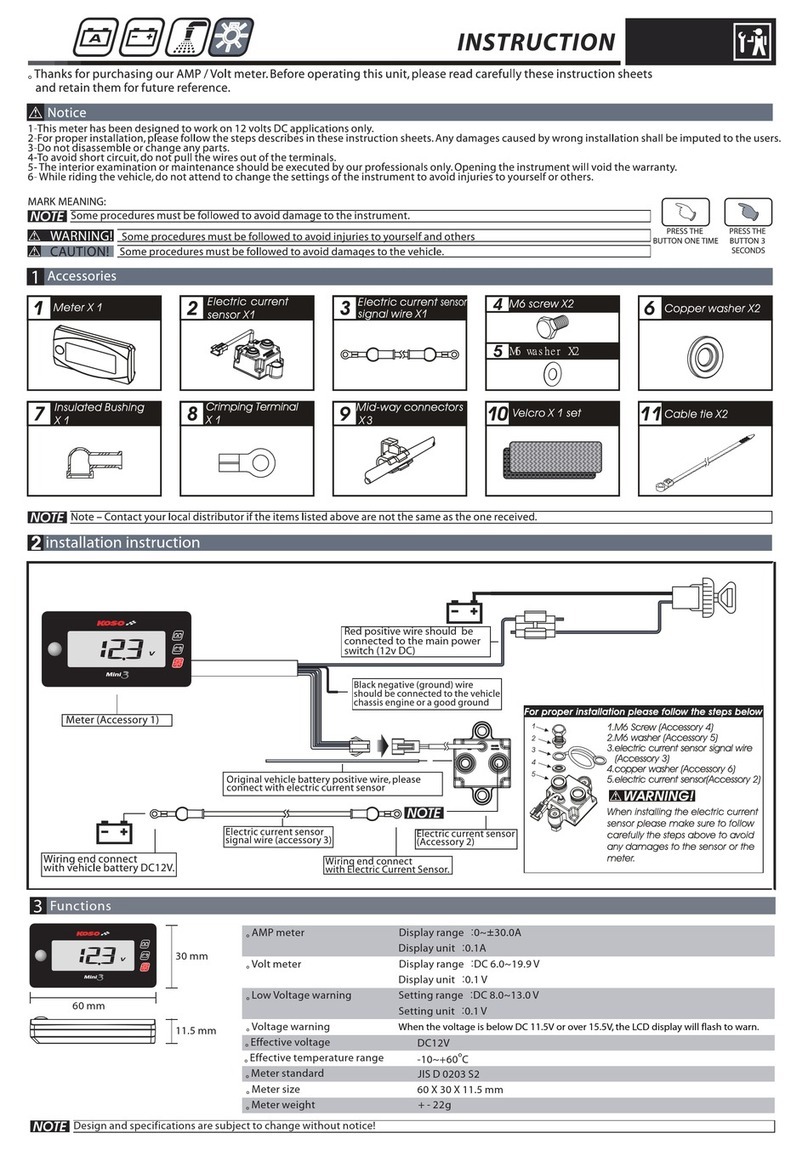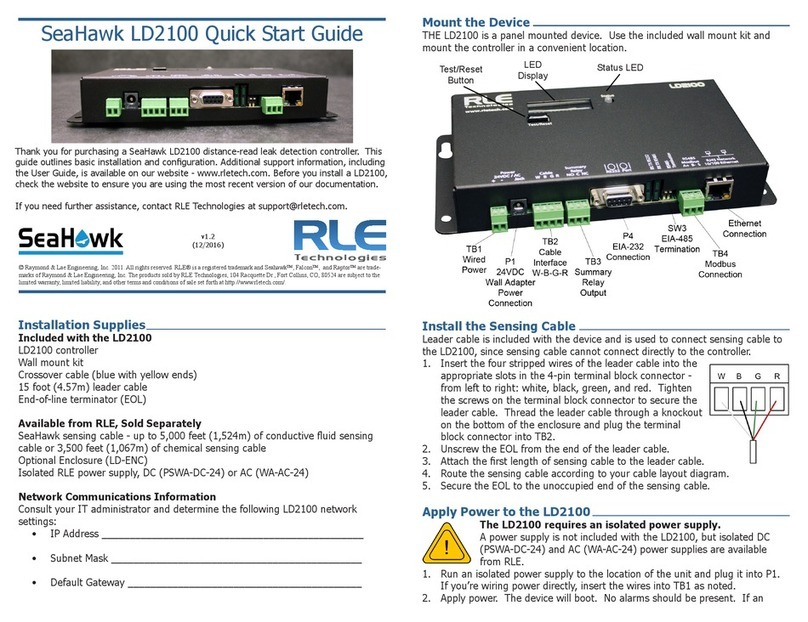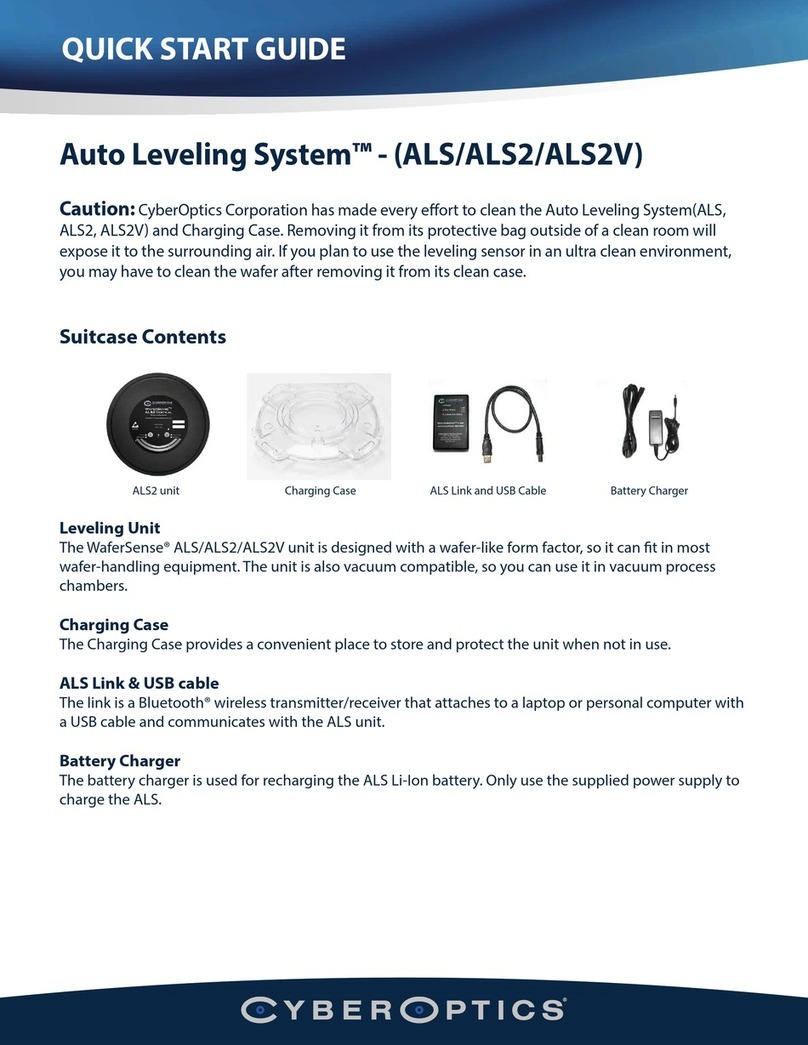
2
1.5. Modifications Forbidden
Modification or other technical alteration of the product is
not permissible. This also applies to the use of unautho-
rized spare parts for repair / maintenance of the product.
Any modifications to this product, if and as necessary,
should be done only by Fischer Mess- und Regeltechnik
GmbH.
1.6. Operational Restrictions
The operational reliability of the product is guaranteed
only when used for intended purposes. The product must
be selected and configured for use specifically with defi-
ned process media. The limiting values of operating pa-
rameters, as given in the product specification sheet,
must never be crossed.
1.7. Safety Considerations during Installation and
Maintenance
The safety instructions given in this manual, existing na-
tional regulations relating to accident prevention, and the
internal safety rules and procedures of the user organi-
zation regarding safety during installation, operation and
servicing must all be followed meticulously.
It is the responsibility of the users to ensure that only sui-
tably qualified and experienced technical personnel are
used for installation, operation and servicing of this
equipment.
2. Intended Applications
This differential pressure measuring instrument is inten-
ded as an indicator for differential pressure measure-
ment. The product must be used only for applications
and under conditions specified by the manufacturer.
Please confer with Fischer Mess- und Regeltechnik prior
to using this transmitter along with polluted or aggressive
media. For use with this media it needs to be adapted in
every part with direct contact to the media.
3. Product Description and Functions
3.1. Block Schematic Diagram
3.2. Principles of Operation
This differential pressure instrument is based on a rug-
ged and uncomplicated diaphragm movement, suitable
for overpressure-, partial vacuum- and differential pres-
sure measurements. Operating principle of system is
identical for all applications of this type.
In a state of balance, forces of springs on both sides of
diaphragm are balanced. Pressure or differential pressu-
re to be measured creates an unbalanced force of
springs for measuring range until a new balance is rea-
ched.
When subjected to excessive pressure, diaphragm rests
on metal supporting plates.
A centre-mounted tappet transfers motion of the dia-
phragm system to indicator movement.
4. Installation
The instrument is intended for wallmounting by default. It
can be mounted immediately by 3 fastening elements ca-
sted on housing. Optional panel mounting with panel
mounting device DZ11 (see 9.). The instrument is factory
calibrated while mounted upright, pressure ports down-
ward. No other mounting orientation is allowed.
To ensure safety during installation and maintenance in-
tegrate adequate shut-off valves. By recommended
accessories (see. 9.) like three- and four-spindle shut-off
and equalizing valves DZ13/14 the instrument can be
• depressurized or shut down,
• cut off a plant to enable controlling or repairing,
• operational checked on site.
4.1. Process connections
• Only qualified technicians authorized for this type of
work should undertake installation.
• Only for intended mechanical process connection (for
model information see Type Plate of instrument).
• Ensure that process equipment and pressure lines
are at atmospheric pressure before making pressure
connections.
• The instrument should be provided with suitable pro-
tection against pressure surges (e.g., snubber or pul-
sation damper).
• Ensure that the mechanical configuration and materi-
als of construction of the instrument are compatible
with the process media.
• Ensure that process pressure is always less than the
specified safe pressure rating.
1. Pressure chamber
2. Movement
3. Tappet
4. Measuring springs
5. Measuring
diaphragm













